Home » Government & Municipal
Public-facing facilities such as government offices, courthouses, police stations, and fire halls operate as the backbone of municipal infrastructure. These spaces serve thousands of people weekly and require environmental systems that perform consistently and with longevity. However, the indoor air quality in government facilities is often overlooked, despite its direct impact on operational reliability and occupant health.
Given their high foot traffic and aging HVAC systems, many of these buildings struggle to maintain adequate air cleanliness. Add to that the legal and health liabilities associated with airborne contaminants, and the need for reliable air purification becomes clear. Supplementing ventilation systems with proven UV-C technology can help reduce microbial loads and particulate matter in a cost-effective and sustainable way.
Air Sniper, a Canadian-based manufacturer of commercial-grade UV-C systems, offers solutions engineered for integration into municipal HVAC systems and standalone environments. With systems that operate continuously for over 55,000 hours and with no ozone by-products, Air Sniper delivers both performance and compliance.
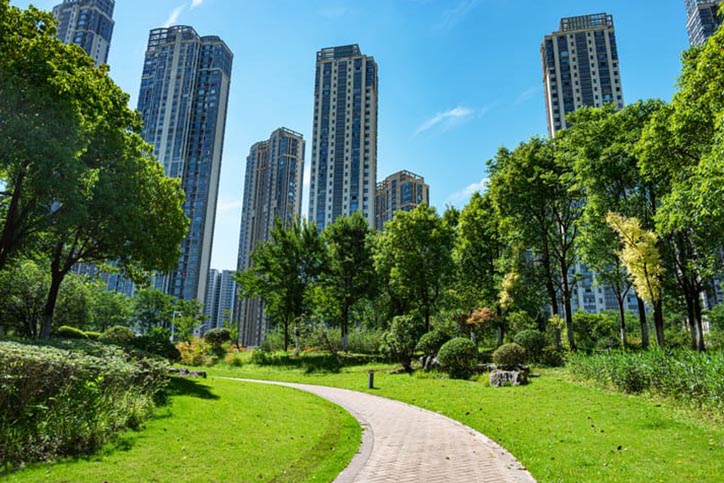
Aging infrastructure, sealed building envelopes, and inconsistent maintenance routines create ideal conditions for the buildup of contaminants in public buildings. One of the most pressing challenges is mould in government building HVAC systems, which develops as dust and moisture accumulate inside ventilation units, coils, and ducts.
The effects of mould in municipal ventilation systems can include reduced air quality, increased allergies among staff and visitors, and system inefficiency. Left unchecked, mould and microbial growth can lead to expensive remediation efforts, staff absences, and even building shutdowns.
Other air quality issues include:
Without supplemental disinfection, these issues persist despite the use of standard filtration. That’s where UV-C air purification becomes essential – not as a replacement for HVAC filtration, but as an enhancement to air quality management in critical environments.
UV disinfection in government buildings has gained traction as a proven, chemical-free method to reduce airborne microbial contaminants. Using UV-C wavelengths (specifically in the 253.7 nm range), these systems disrupt the DNA of viruses, bacteria, and mould spores, rendering them non-viable. Importantly, in Canada, this technology must be framed within supplemental sanitization claims per Health Canada guidelines.
Compared to HEPA filters in public buildings, UV-C offers several engineering advantages:
For example, in correctional facilities, where ducted airflow systems circulate between shared cells and offices, UV sterilization in correctional facilities adds a vital layer of protection without compromising existing ventilation design.
Moreover, in environments where privacy or quiet operations are critical – such as courthouses – UVC light solutions for courthouses offer virtually silent air treatment that doesn’t interfere with judicial proceedings or daily operations.
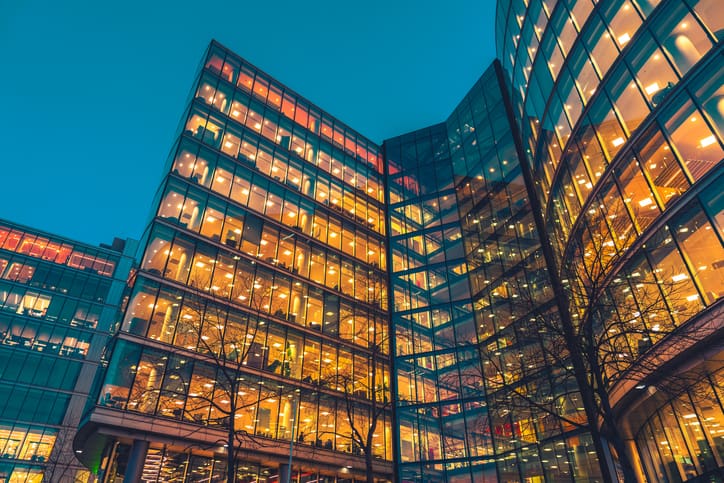
Air Sniper’s UV-C air purification systems are purpose-built to meet the operational and regulatory requirements of government and municipal facilities. Designed for high-performance environments, each unit provides targeted functionality, energy efficiency, and long-term reliability:
All Air Sniper systems utilize high-output UV-C lamps rated for 55,200 hours of operation. These long-life components minimize service interruptions, eliminate the need for filter changes, and ensure compliance with supplemental air sanitization standards in government applications. Built to operate in extreme temperatures ranging from -20°C to +100°C, Air Sniper units offer proven durability in even the most demanding municipal settings.
Airborne bacteria and mould can be difficult to control in enclosed, shared spaces. UV sterilization in correctional facilities offers a low-maintenance, high-impact method for reducing contaminant loads without requiring constant staff intervention.
Across these facilities, Air Sniper’s UV air purifiers in government facilities are tailored to meet the air treatment needs of both legacy buildings and modern municipal projects.
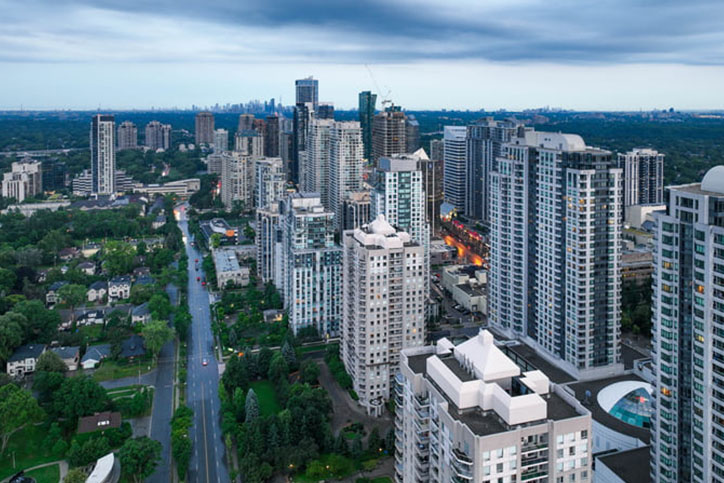
Municipal buildings are often interconnected with larger systems, including HVAC, BAS (Building Automation Systems), and public infrastructure networks. That’s why Air Sniper designs its equipment with flexibility in mind.
From small-town civic buildings to major city courthouses, Air Sniper units can be:
These integration options allow municipalities to implement units at their own pace. A municipal UV light pilot program is often an effective strategy to validate performance and ROI across multiple facilities before full-scale adoption.
Systems like the 300CC also offer targeted HVAC coil treatment, improving overall system hygiene without requiring a complete redesign of the HVAC system.
One of the most overlooked benefits of UV-C systems is their impact on HVAC efficiency. Coil fouling – a buildup of organic material and mould – reduces heat exchange efficiency and drives up energy costs.
The benefits of coil sanitization in public facilities are measurable. Clean coils reduce system strain, extend component life, and maintain better indoor humidity and temperature control. The effects of dirty coils in government buildings include:
Air Sniper’s 300CC addresses this directly, providing non-invasive UV cleaning technology for municipal buildings that protects coil performance over the long term.
Beyond energy savings, Air Sniper’s technology also minimizes health-related complaints. For example, mould-related allergens, often exacerbated by mould in government building HVAC systems, are greatly reduced when UV-C is applied continuously at the source.
With lamps lasting over six years (55,200 hours), maintenance is minimal. No filter changes, no consumable parts – just sustained, passive operation that aligns with limited municipal staffing and resources.
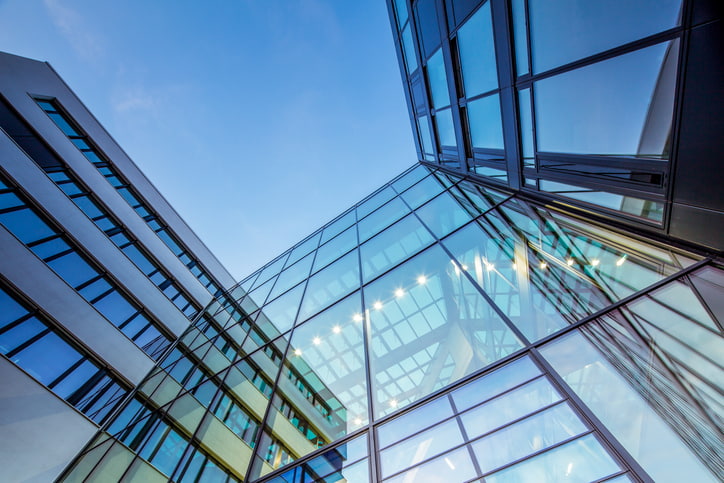
Determining the best air purifier for government buildings depends on your facility’s size, HVAC configuration, and air handling requirements. Air Sniper’s product lineup includes:
Product | Ideal Use Case | Notes |
|---|---|---|
Elite | Large HVAC systems in civic centers or courthouses | In-duct |
Pro | Mid-size buildings (e.g., fire halls, police stations) | In-duct |
Standalone | Temporary or open spaces (e.g., gyms, community centers) | Portable |
Inflow | Space-limited environments | Ceiling-mounted |
300CC | Coil hygiene in rooftop or mechanical room HVACs | Targeted |
Whether you’re retrofitting a fire hall or upgrading an administrative building’s HVAC, Air Sniper offers performance-proven options. The company is recognized among the top UV technology suppliers for government buildings, not just for product quality, but also for compliance with:
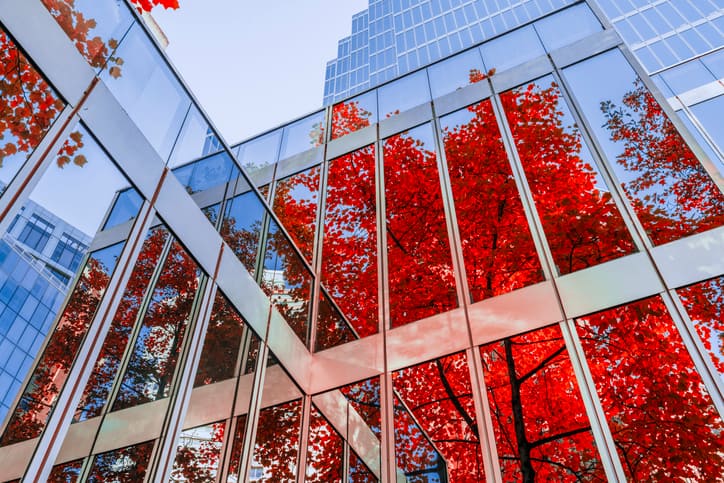
As expectations for air quality continue to rise, government buildings must adapt to meet new standards in environmental health and operational efficiency. Supplementing HVAC systems with UV-C technology is no longer optional – it’s part of future-proofing municipal infrastructure.
Air Sniper stands at the forefront of this shift, offering scalable, maintenance-friendly systems designed for every aspect of public sector operation. With industry-leading lamp lifespan, reliable integration, and measurable benefits in energy savings and contaminant reduction, Air Sniper helps municipalities maintain cleaner environments without overextending their budgets or personnel.
Our customer service staff are happy to answer any questions that you may have. We can also help facilitate bulk purchases and importing to other countries. Use the form below and we’ll connect you with a representative close to you.